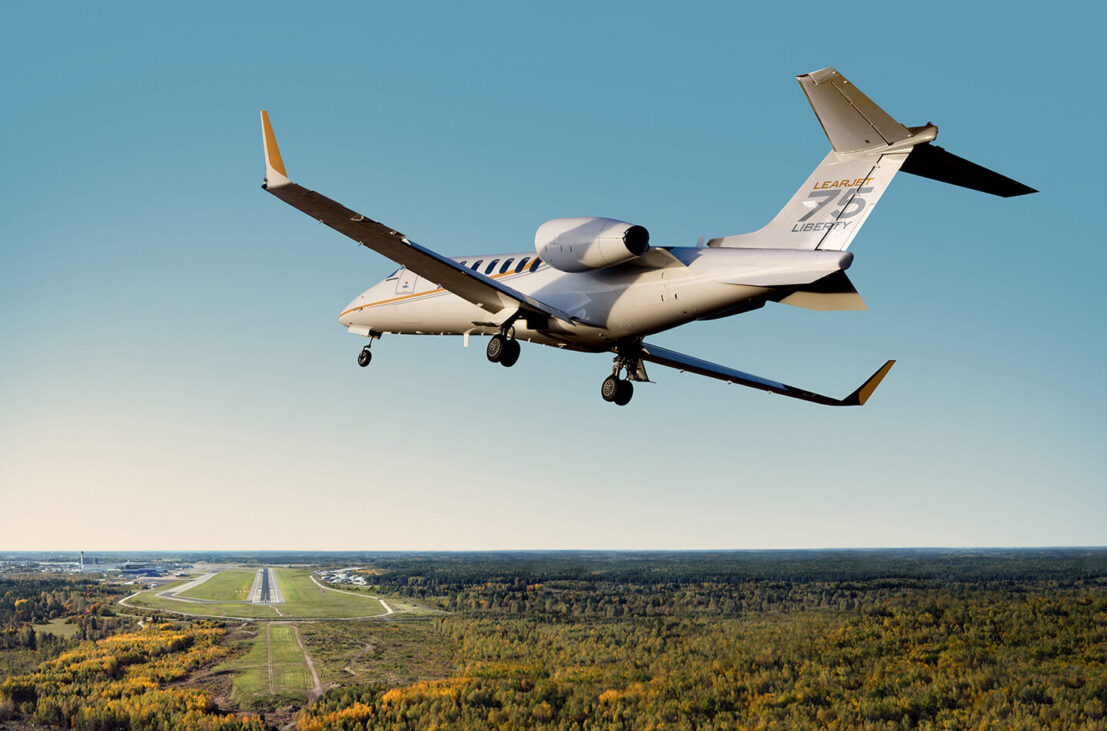
Aug. 23, 2021
The FAA recently issued a Safety Alert for Operators (SAFO) highlighting some of the risks to flying visual approaches, including the increased danger of flight crews inadvertently landing on an unassigned runway, or taxiway.
Citing risk assessment data collected in 2017-2018, the agency determined visual approaches were a common factor in such “wrong pavement” events, as well as accidental excursions from Class B airspace when maneuvering in the airport environment. General aviation pilots were behind the majority of such events, the FAA added.
“Visual approaches reduce pilot/controller workload and expedite traffic by shortening flight paths to the airport,” reads the SAFO. “However, this expediency must be balanced with safety.”
Review SAFO 21005: Risks Associated with Visual Approaches (PDF)
To reduce these risks, the SAFO advises flight crews consider requesting an instrument approach in lieu of a visual clearance and communicate “unable” to ATC whenever the pilot-in-command determines that accepting a visual approach may compromise safety.
While acknowledging the value of the FAA guidance, David Keys, chief pilot for Peace River Citrus Products and chair of the Small Flight Department Subcommittee of the NBAA Domestic Operations Committee, noted it’s also important that business aircraft pilots be well-versed in flying visual approaches.
“Business aviation flies a far higher number of our operations to non-towered airports, so it’s imperative that we be proactive about what that looks like,” he added.
Keys recommends that business aircraft pilots regularly practice flying visual approaches as conditions allow, as part of an overall effort to balance familiarity with flight deck automation with the importance of maintaining hand-flying skills. He added that pilots should also request practicing visual approach scenarios when possible during their simulator training.
“Too often, our first instinct is to put our heads down to reprogram the FMS when cleared to a different runway,” he said. “Instead, we should be comfortable with simply clicking off the autopilot and hand-flying the remainder of the approach.”
In an unrelated development, the SAFO came out immediately following a July 26 accident at Truckee-Tahoe Airport (TRK) involving a Challenger 605 in which some speculate a visual approach may have been a contributing factor. The NTSB investigation remains ongoing.


 International Business Aviation Council Ltd.
International Business Aviation Council Ltd.